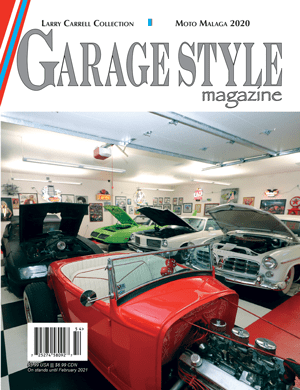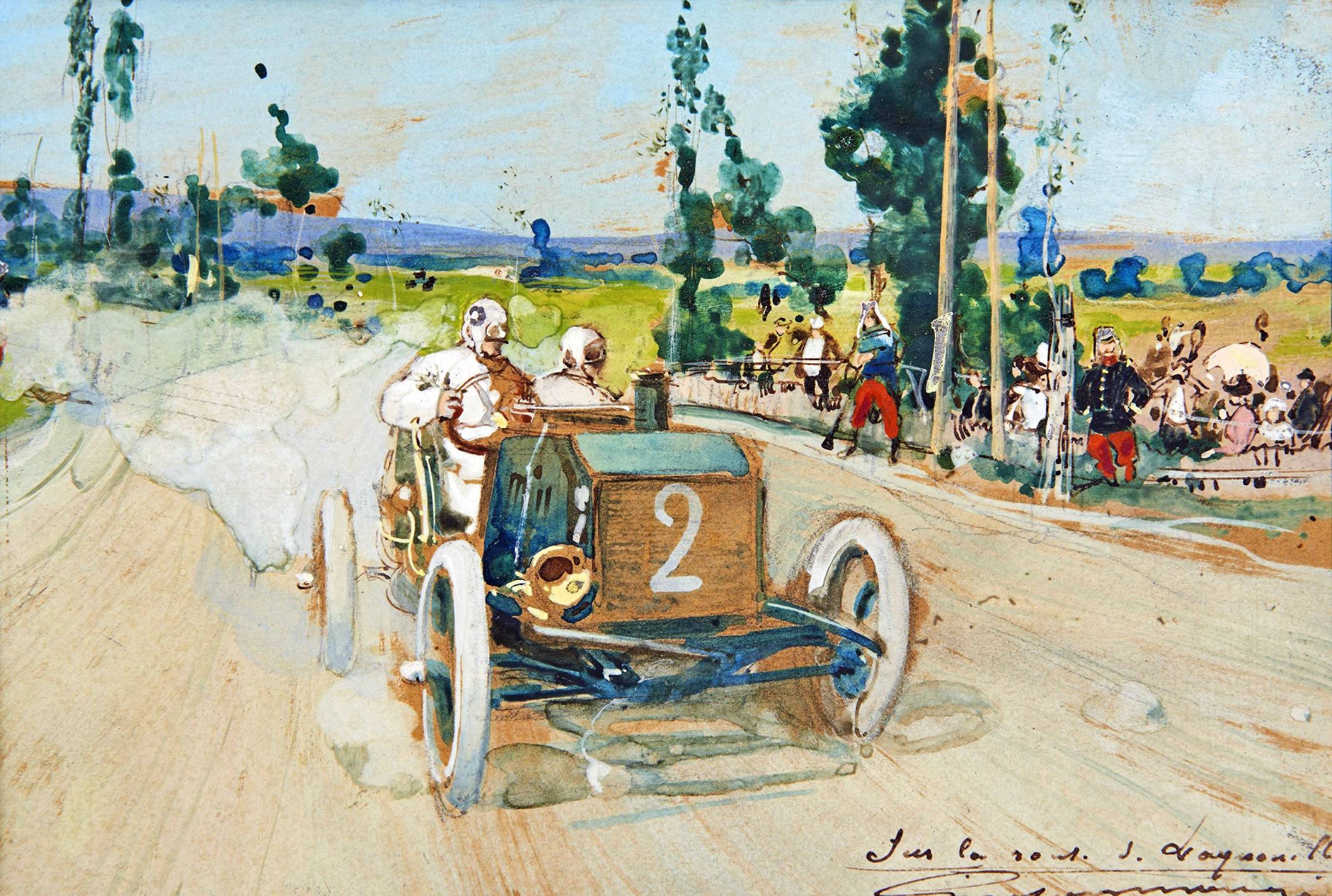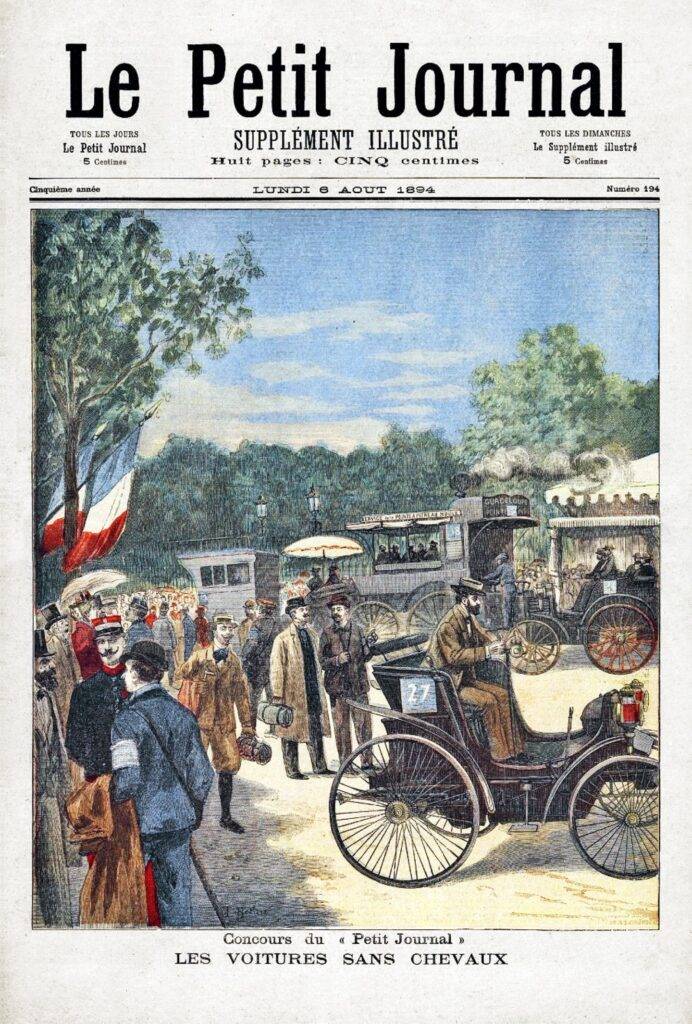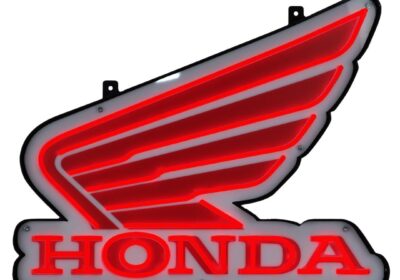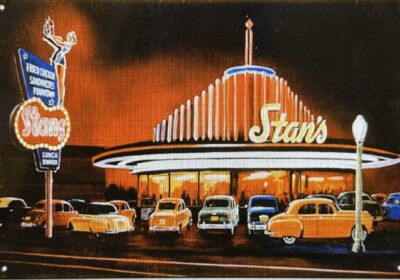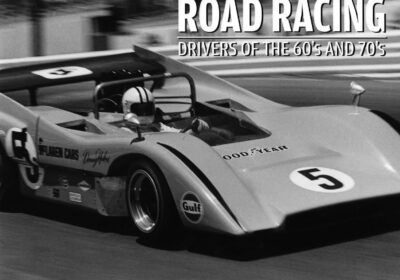CarArtInc.us – CAR ART, Inc. :: World’s Finest Automotive Art
The second in a series of articles about the origins and development of automotive art. Motor racing excites us with speed, aerodynamic shapes, dramatic scenes, legendary drivers — and danger! Germany was the birthplace of the automobile, but France undoubtedly provided the means for its early growth and development. The same held true for automotive art. At the end of the 19th century, three groundbreaking events in Paris drove horseless carriages into the 20th century:
- 1889: World‘s Fair …introduced the invention to the masses.
- 1894: World’s First Car Race …introduced performance competition.
- 1895: World’s First Auto Show …introduced the display of latest models. Event #1 was discussed previously. Event #2 is addressed here and #3 will be in the next issue. Artists followed motorsport events wherever they began:
- 1894: Road races in France
- 1900: Gordon Bennett Cup in France
- 1906: Targa Florio in Italy
- 1906: Grand Prix races in France
- 1907: Brooklands banked speedway in England
- 1911: Indianapolis 500 in America
- 1923: Le Mans 24-hour races in France
- 1927: Mille Miglia in Italy
- 1948: NASCAR in America
- 1950: Formula One in England
- 1951: Hot Rod and Drag Racing in America
- 1996: IndyCar racing in America.
The world’s inaugural competition was the 80-mile Paris to Rouen Concours des Voitures sans Chevaux (Horseless Carriages Contest), held on July 22nd 1894. Albert Lemaître triumphed in his Daimler-powered Peugeot: the first-ever winning car and driver! It followed four days of vehicle exhibition and qualifying events. Excited crowds saw a variety of French and German steam and petrol driven vehicles. Pierre Giffard, editor of Le Petit Journal, organized the race to publicize his newspaper, stimulate interest in motoring, and develop French motor manufacturing. His Sunday Supplément Illustré was the first to feature color illustrations. French artist José Belon (1861-1927) had created many of them and was chosen to illustrate this new event for the cover, published August 6th 1894.
Origins of Motor Racing Art Belon featured entry #27 in the Bois de Boulogne at the start of the race: a 565cc 2hp Peugeot Type 5 driven by Louis Rigoulot, who finished 11th. The scene encompassed three debuts in automotive art: a motor race, ‘race car’ and ‘racing driver’. The first horseless carriage published on a cover was seen by one million readers — the first widespread exposure of automotive art. However, the competing cars were standard passenger vehicles and averaged only 12mph! So when and where did some real action occur? We can thank another newspaperman for the opportunity: James Gordon Bennett, Jr., the millionaire owner of the New York Herald and the Paris Herald, who was once based in Paris. Like Giffard, he believed competition would motivate manufacturers to improve their motorcars. The Gordon Bennett Cup became the first prize awarded for motorsport on an international level. Nations were each permitted up to three entries, which had to be entirely manufactured in their own country. Purpose-built racing cars became the norm.
The inaugural race was June 14th 1900 from Paris to Lyon, which included two overseas entries from the United States. The sole German entry was from Karl Benz, inventor of the automobile, driven by his son Eugen, who twelve years before had assisted his mother Bertha on the world’s first car journey! The city-to-city format was discontinued in 1903 in favor of laps around marshaled closed circuits for spectator safety. The prestigious series’ final race was in 1905, with 18 entries from six countries: France, Germany, Great Britain, Italy, Austria, and the USA. It was held July 5th near Clermont, France at the 85-mile Circuit d’Auvergne, a twisting, mountainous course developed specially for the event.
A local artist named Gaston Maurié (1872-1912) was impressed by the powerful British entry #2: Clifford Earl driving the famous 15-liter 100hp Napier L48, which just months before in Daytona had become the first car to ever break the 100mph barrier! Automotive artworks by Maurié are rare, as the majority of work accomplished in his short lifetime was equestrian. He painted mostly small-scale works, full of life and detail, often no larger than a postcard! The contrast between these two artworks is readily apparent in both style and content: Belon illustrated a rather static scene as competitors slowly assembled to start the 1894 race. Maurié’s impressionist style captured the speed and excitement of the 1905 race in progress, as guards and spectators watched the big Napier thunder past (with 50 times the horsepower of Rigoulot’s Peugeot a decade before!) The Gordon Bennett series concluded after six races. Ironically, an American who never drove himself or saw any of his races ushered in the European pinnacle of motor racing: Grand Prix. Inaugurated June 26th and 27th 1906 at Le Mans’ Circuit de la Sarthe, site of the 24-hour endurance races 17 years later. Maurié’s watercolor is a mere 5.5” x 8.3” in size, yet sold two years ago at Rétromobile in Paris for $5,500.
